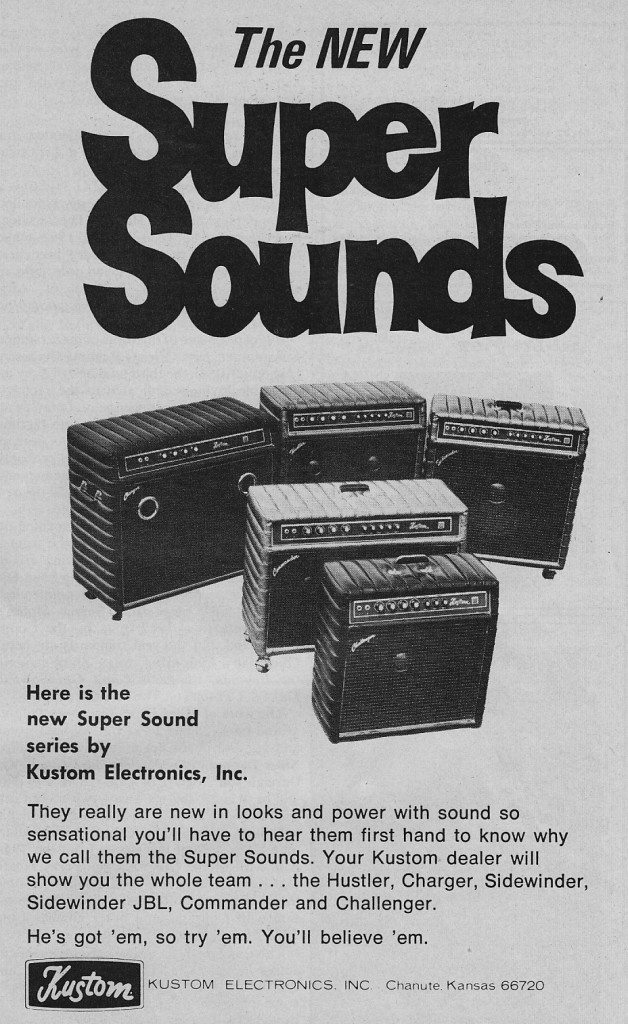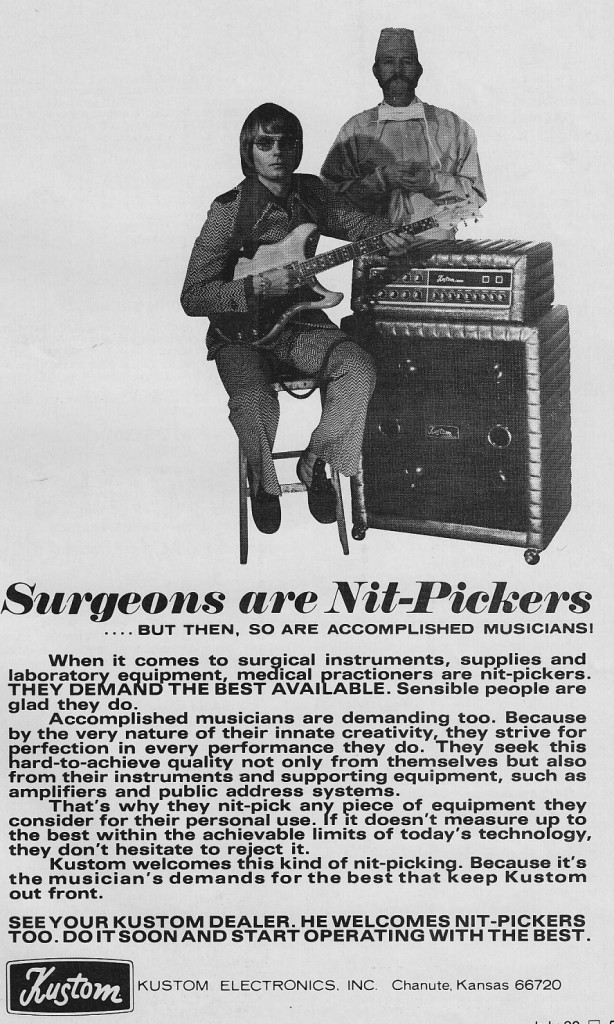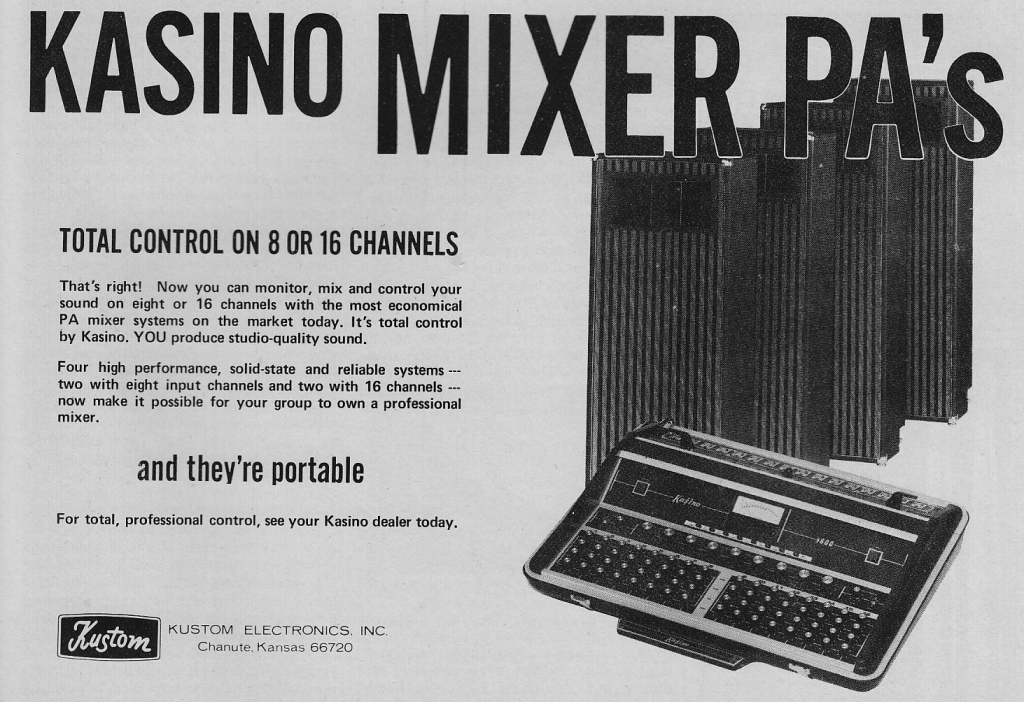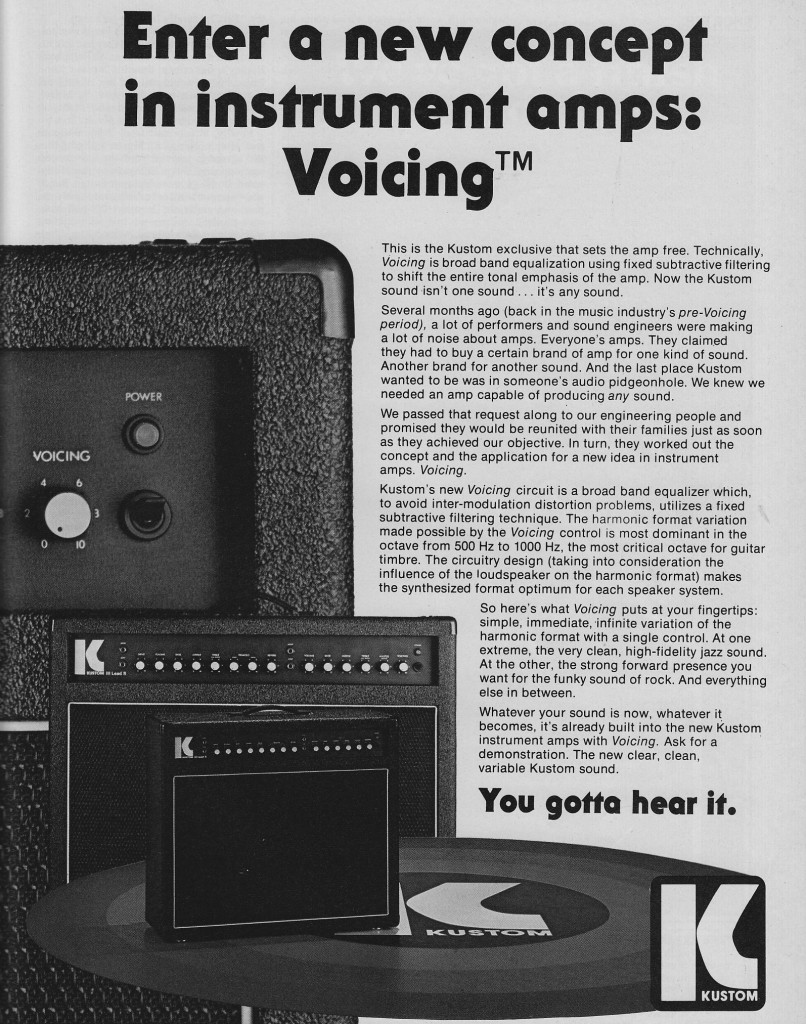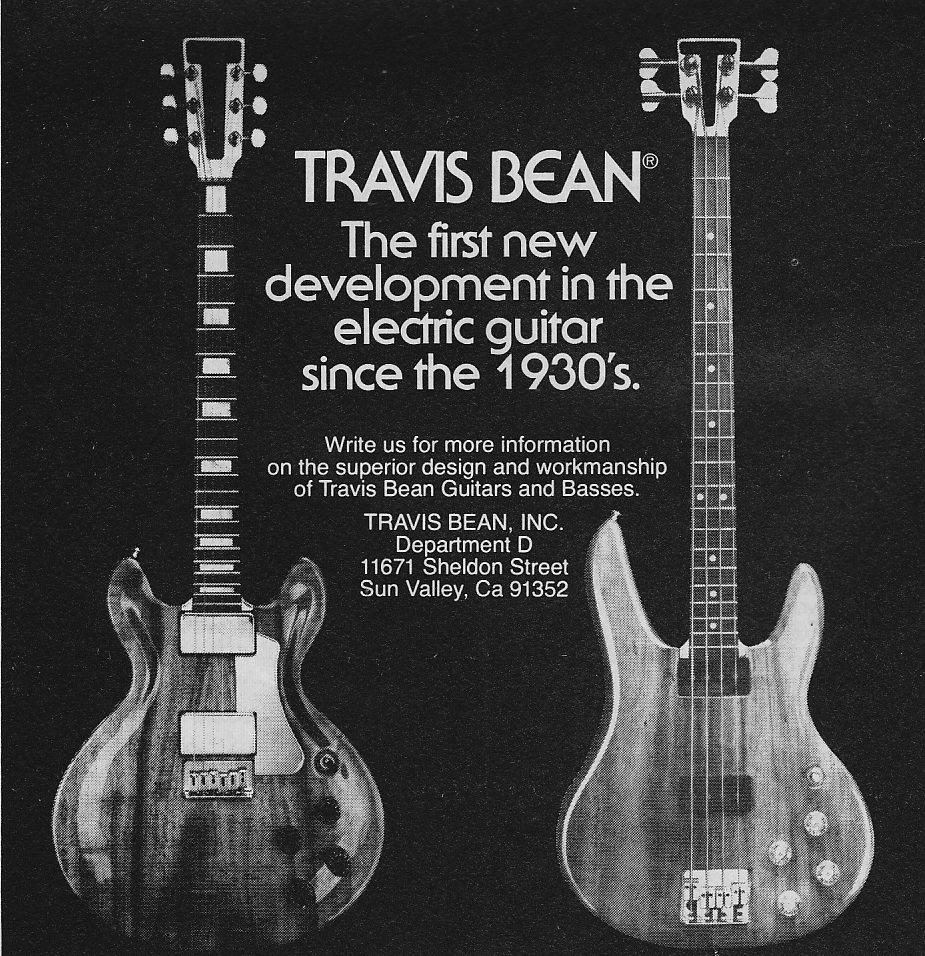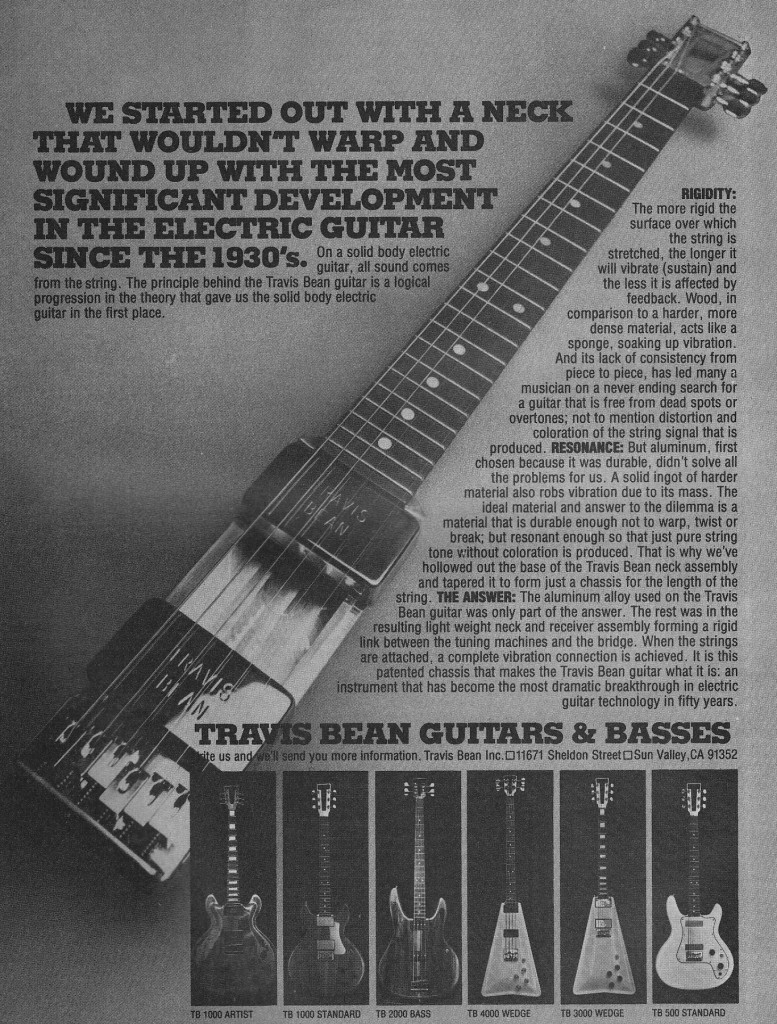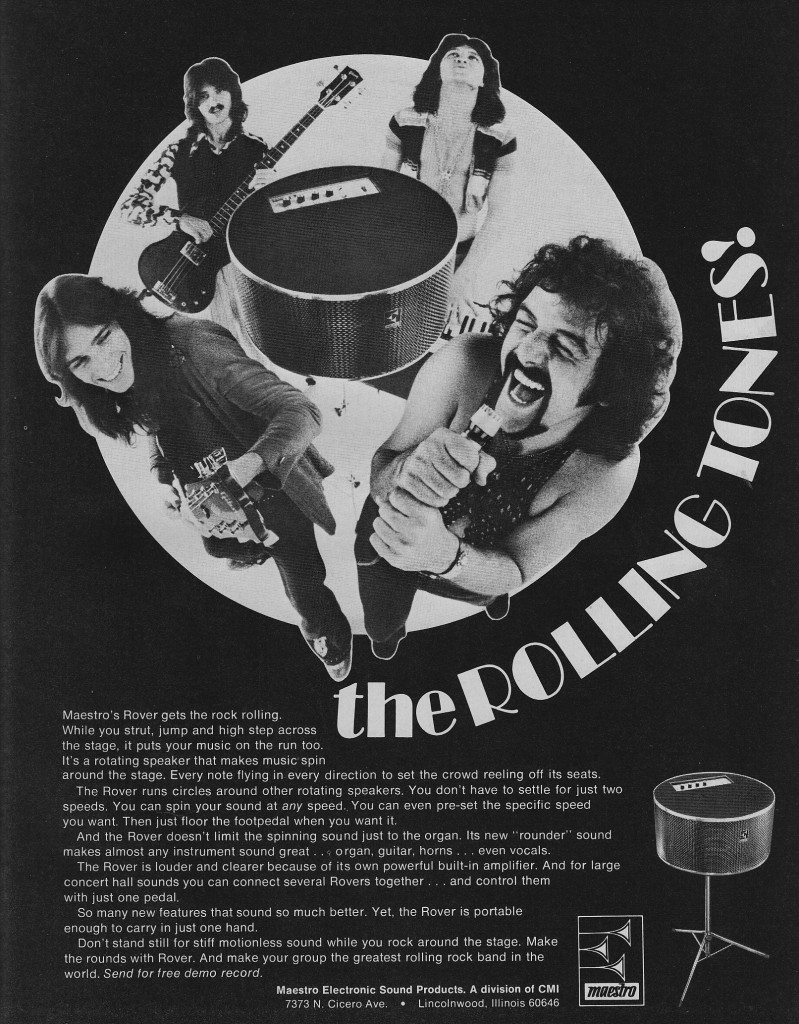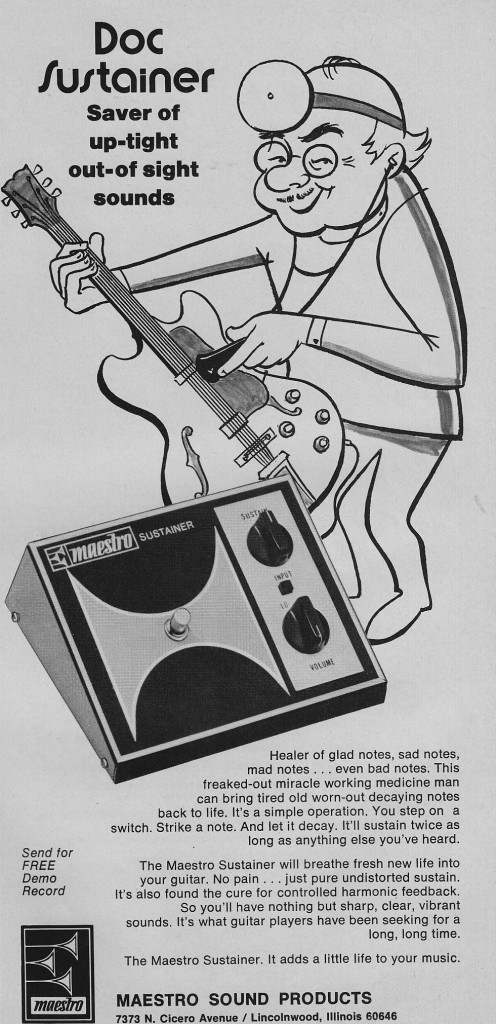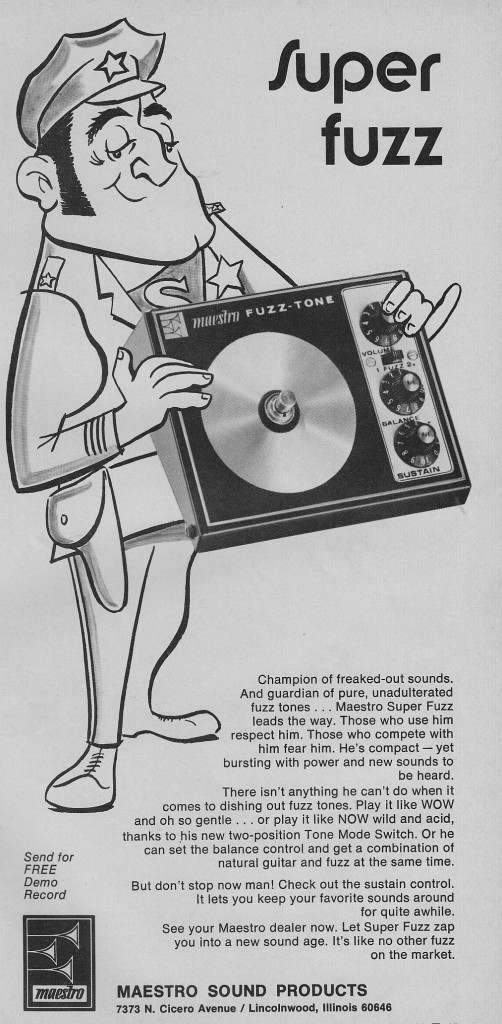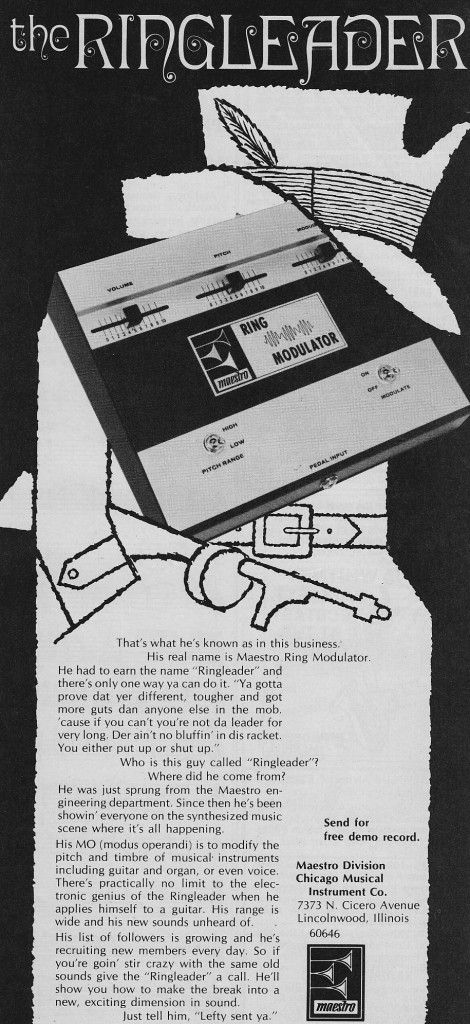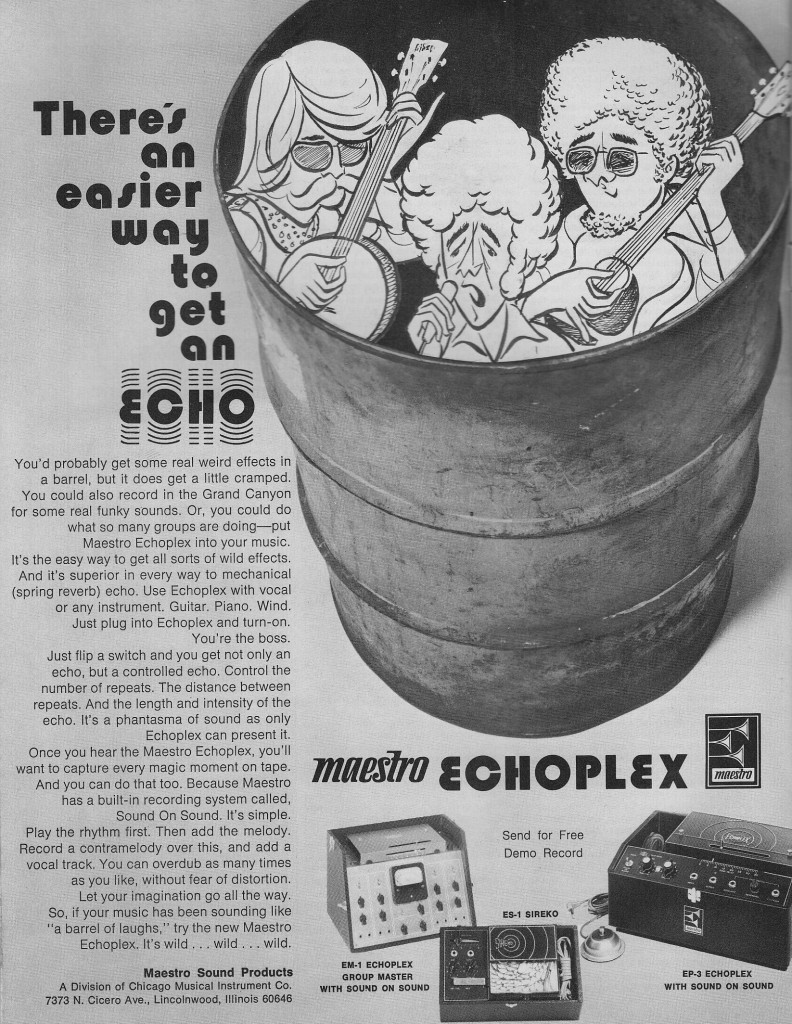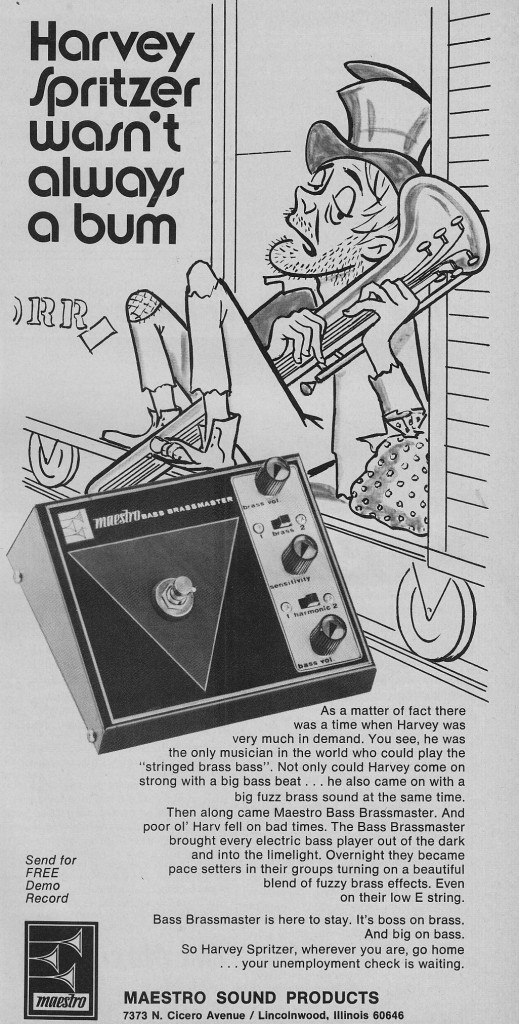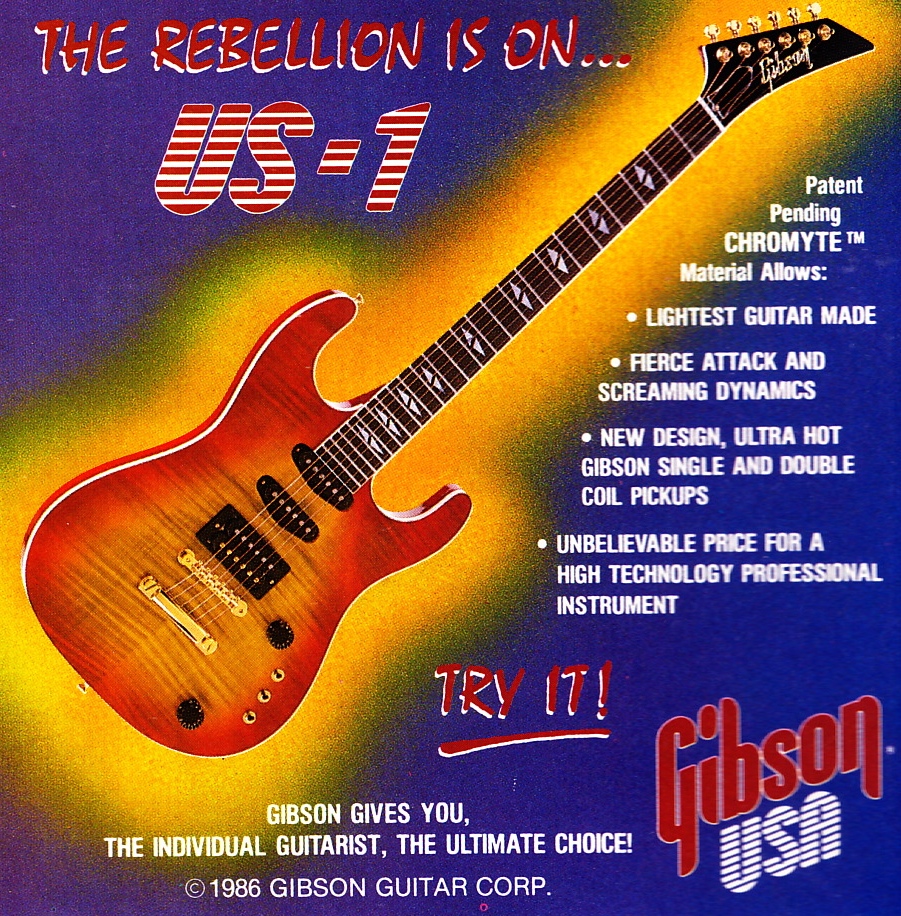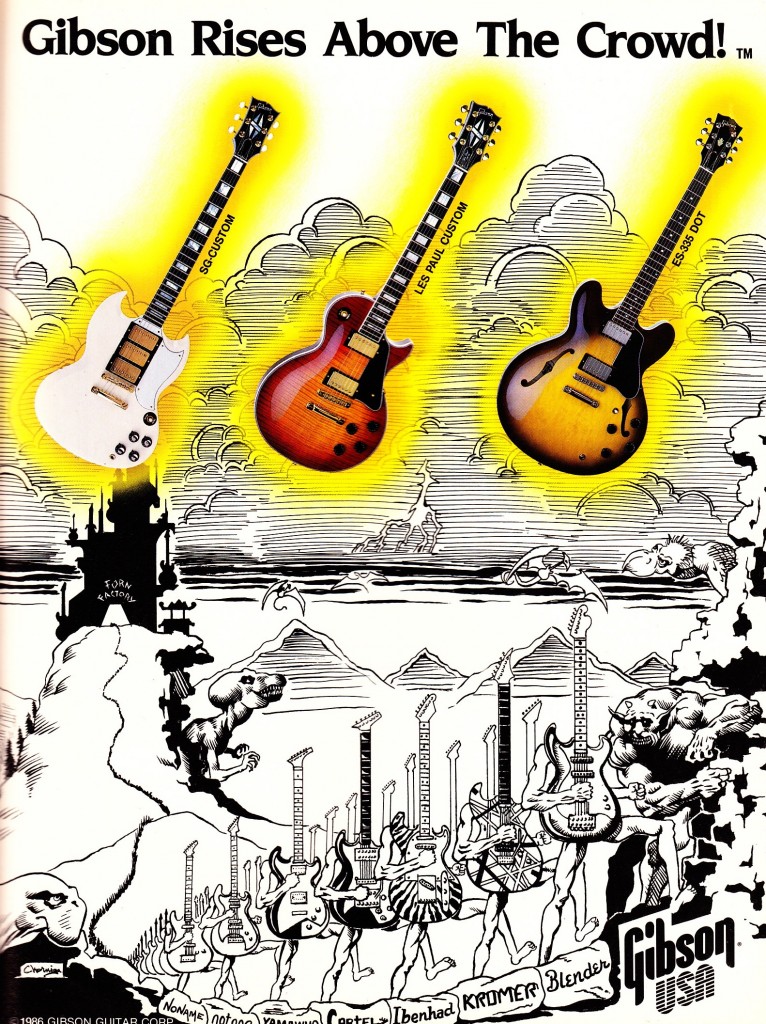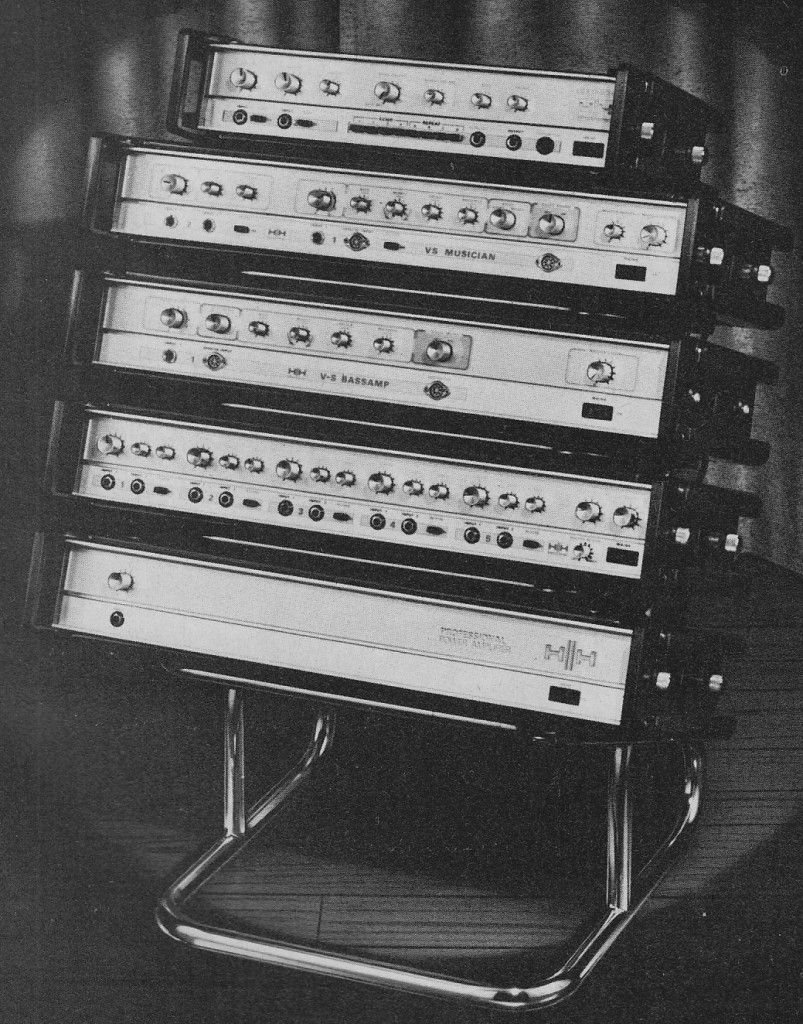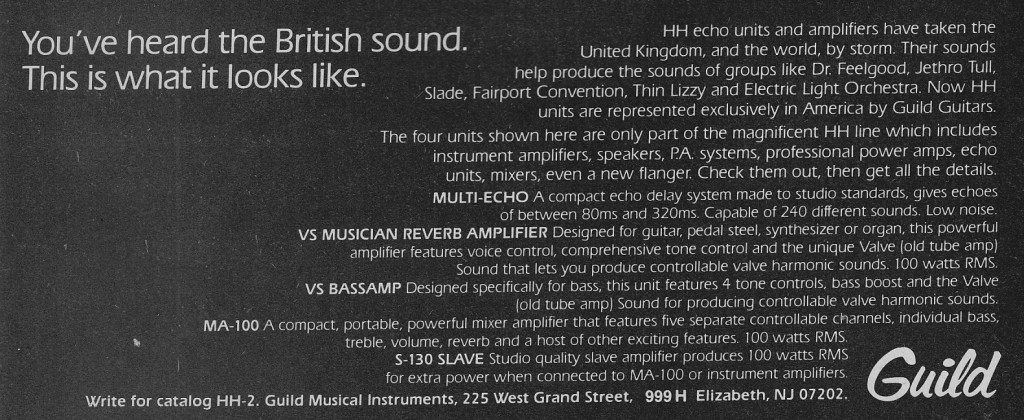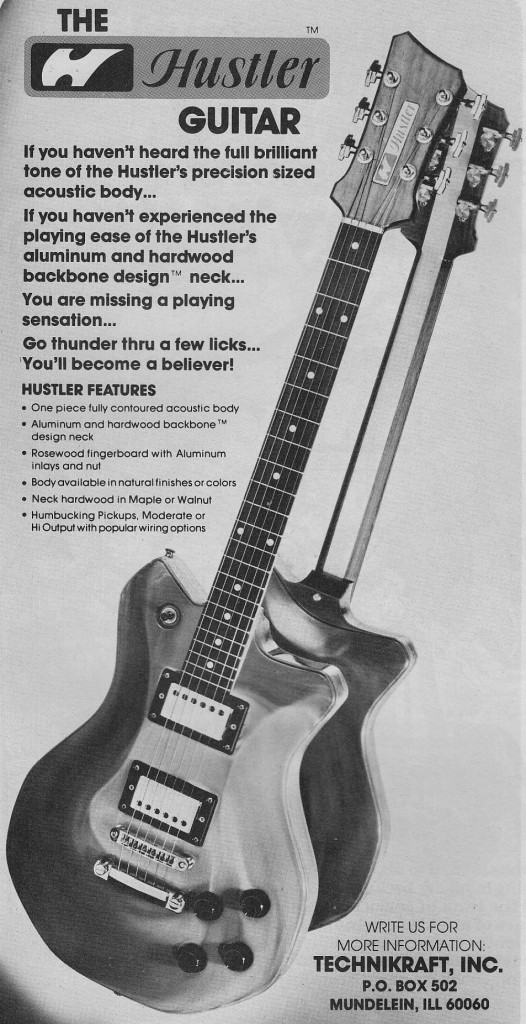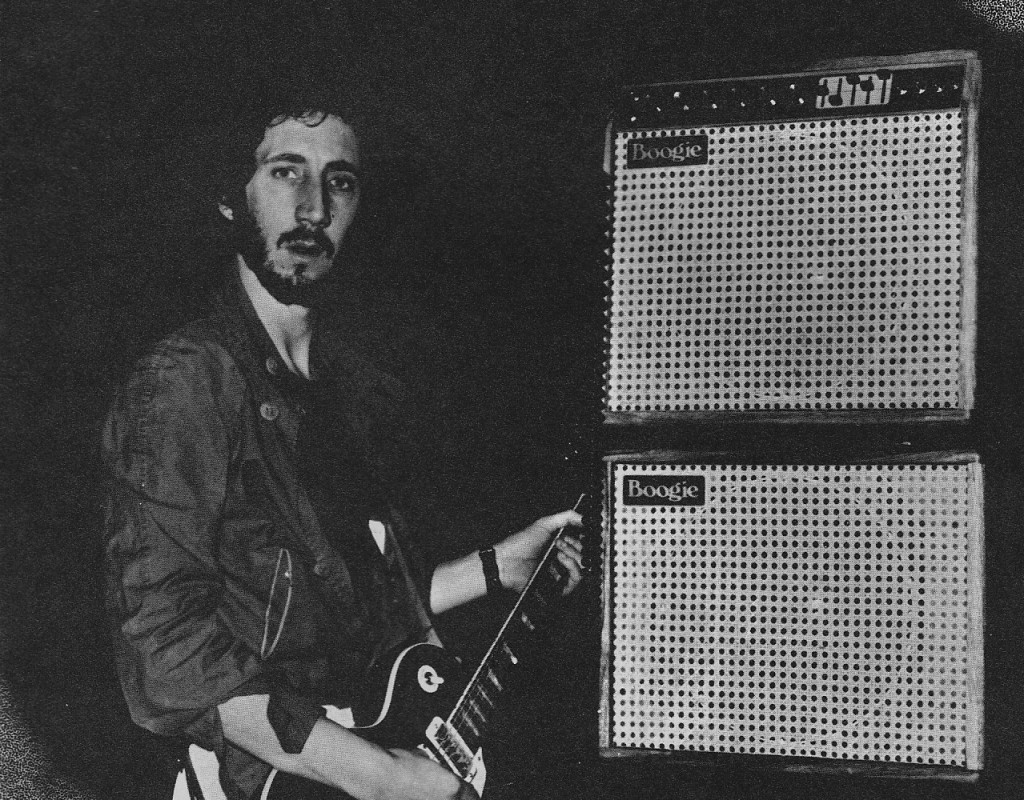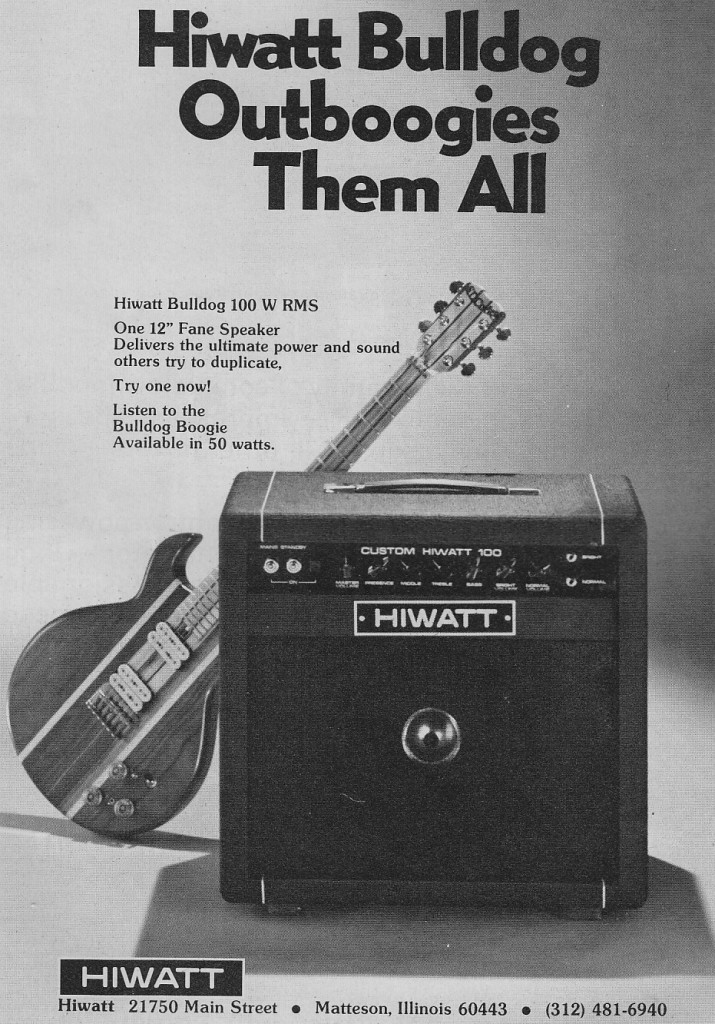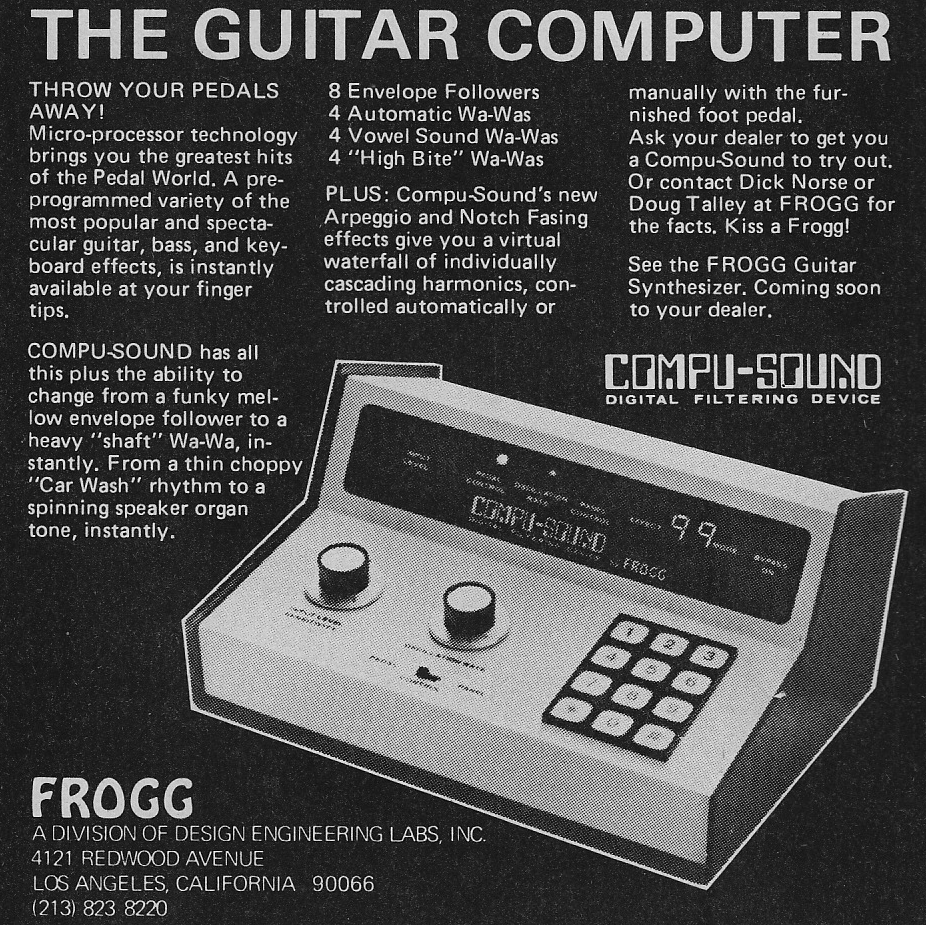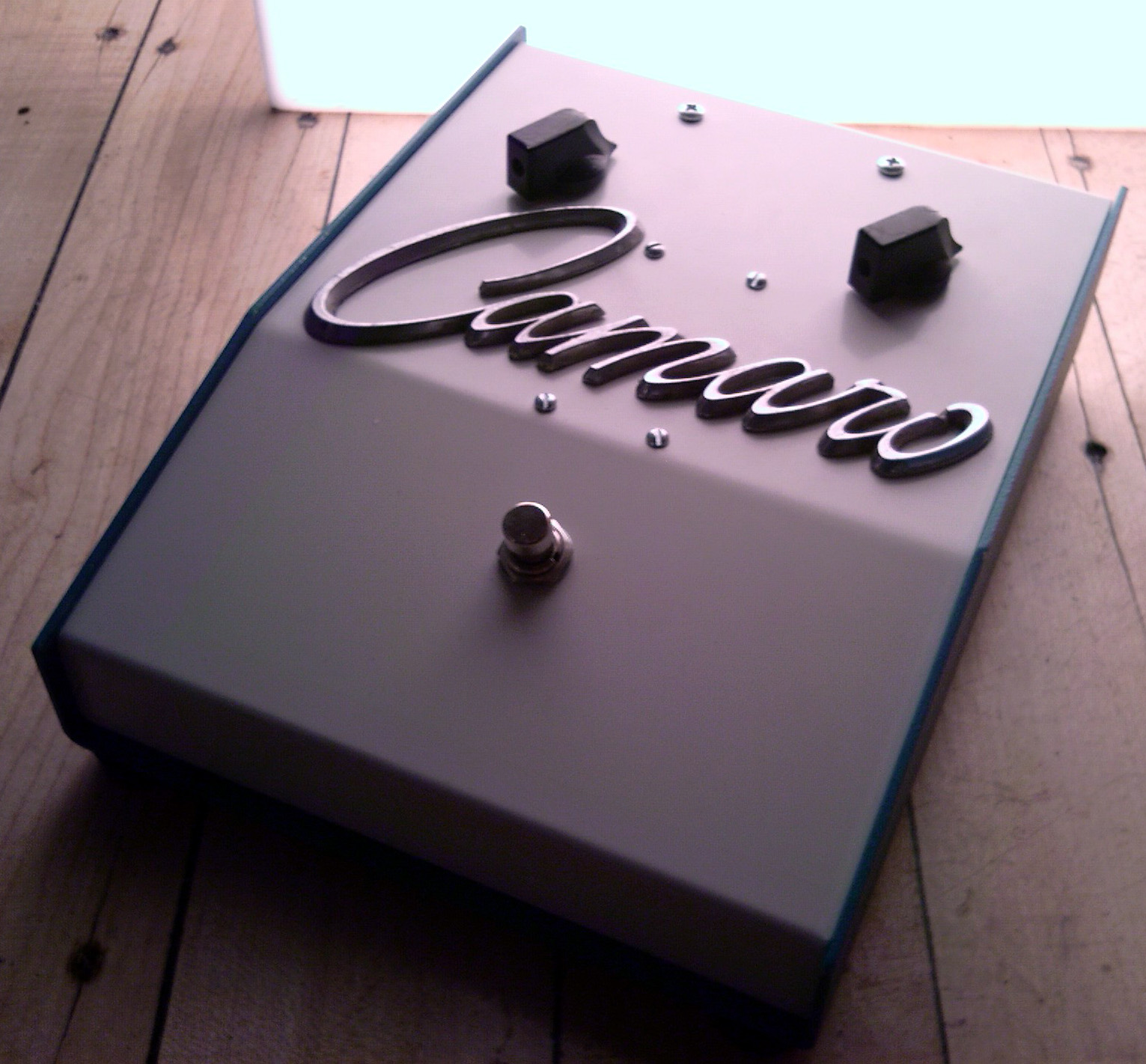 About 10 years ago I had a dark purple 1986 Camaro Berlinetta with a 305 and the digital ‘knight rider’ instrumentation panel. I bought it for $775 (only 83k miles!) from an old lady who grumbled, “don’t kill yourself Don Johnson” as she handed me the keys. Except for one odd incident in which the car would simply not turn off, it was 100% reliable and I loved driving it. I sadly had to sell it because I lost the parking space it slept in. I was poking around the ole MacBook today trying to find some pics of it, and there ain’t even one! I guess that 2005 was maybe riiiiiiiight before the era of ubiquitous photography of every single fkkn facet our goddamn lives, and maybe I’m better off for it. Maybe Camaro is just better off living in my midnight-blue tinted memories.
About 10 years ago I had a dark purple 1986 Camaro Berlinetta with a 305 and the digital ‘knight rider’ instrumentation panel. I bought it for $775 (only 83k miles!) from an old lady who grumbled, “don’t kill yourself Don Johnson” as she handed me the keys. Except for one odd incident in which the car would simply not turn off, it was 100% reliable and I loved driving it. I sadly had to sell it because I lost the parking space it slept in. I was poking around the ole MacBook today trying to find some pics of it, and there ain’t even one! I guess that 2005 was maybe riiiiiiiight before the era of ubiquitous photography of every single fkkn facet our goddamn lives, and maybe I’m better off for it. Maybe Camaro is just better off living in my midnight-blue tinted memories.
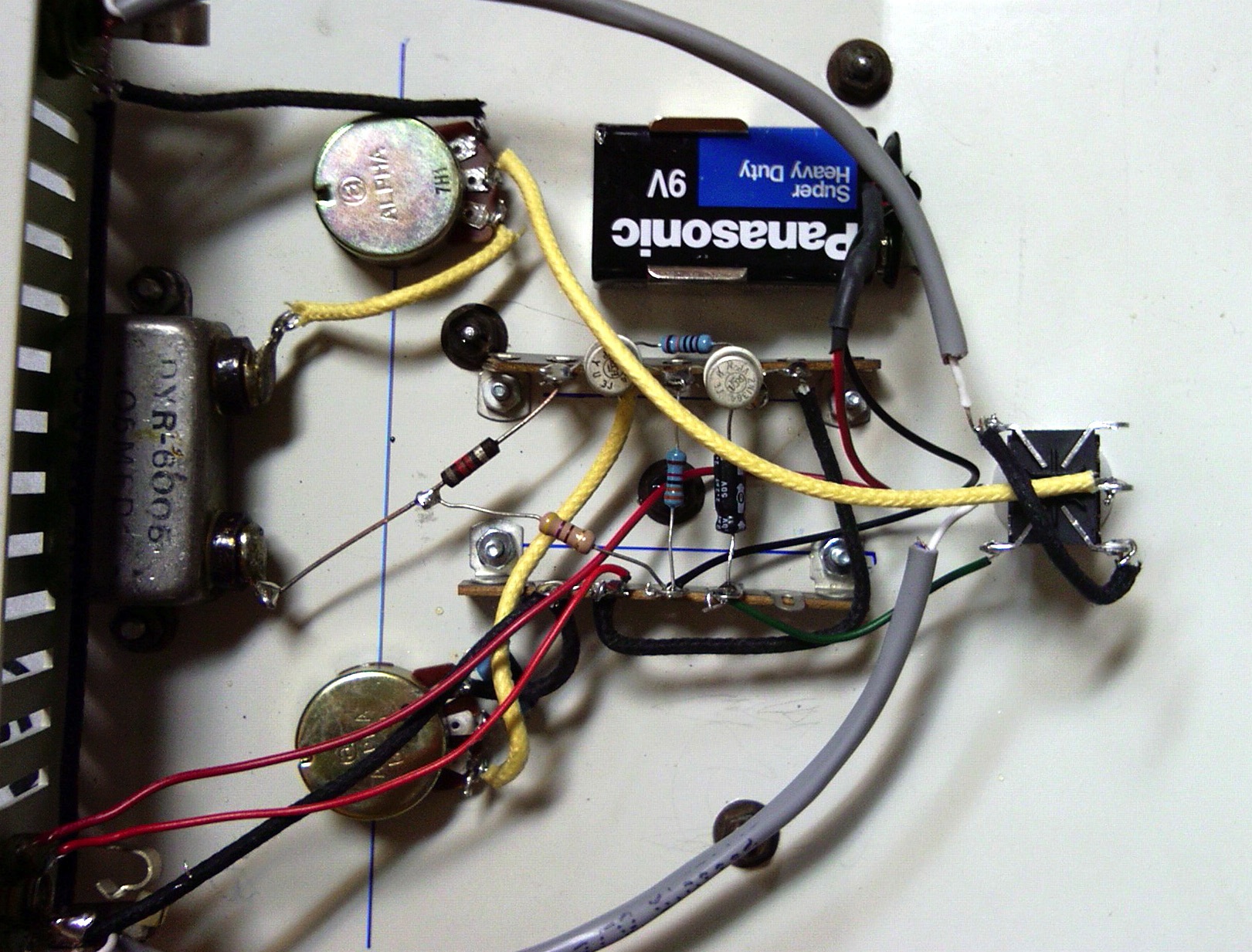 While I couldn’t find any Camaro car pics on the laptop, I did stumble on the above-depicted germanium Fuzz Face ‘clone’ that I decorated with a mid-seventies Camaro badge. I buy these old chrome auto badges in lots at the flea market; if yr patient, you can get em for a buck or two each. Anyhow, this is one of the only guitar pedals that I ever built and it turned out great, despite the fact that I simply used whatever old NOS RCA germanium PNP transistors I had around, without so much as even looking at the data sheets. I just tried a few different types until the thing sounded like a Fuzz Face, and voila. One cool detail: in the image above, check out the massive mil-type chassis-mount oil cap (far left) that I used as the output coupling cap.
While I couldn’t find any Camaro car pics on the laptop, I did stumble on the above-depicted germanium Fuzz Face ‘clone’ that I decorated with a mid-seventies Camaro badge. I buy these old chrome auto badges in lots at the flea market; if yr patient, you can get em for a buck or two each. Anyhow, this is one of the only guitar pedals that I ever built and it turned out great, despite the fact that I simply used whatever old NOS RCA germanium PNP transistors I had around, without so much as even looking at the data sheets. I just tried a few different types until the thing sounded like a Fuzz Face, and voila. One cool detail: in the image above, check out the massive mil-type chassis-mount oil cap (far left) that I used as the output coupling cap.
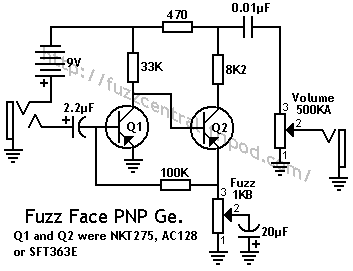
Above is the very simple schematic that I apparently pulled from FuzzCentral. Much like my Camaro (the car), my Camaro (the fuzz) was sold off many years back, and yeah I kinda miss it. Can’t keep em all…
